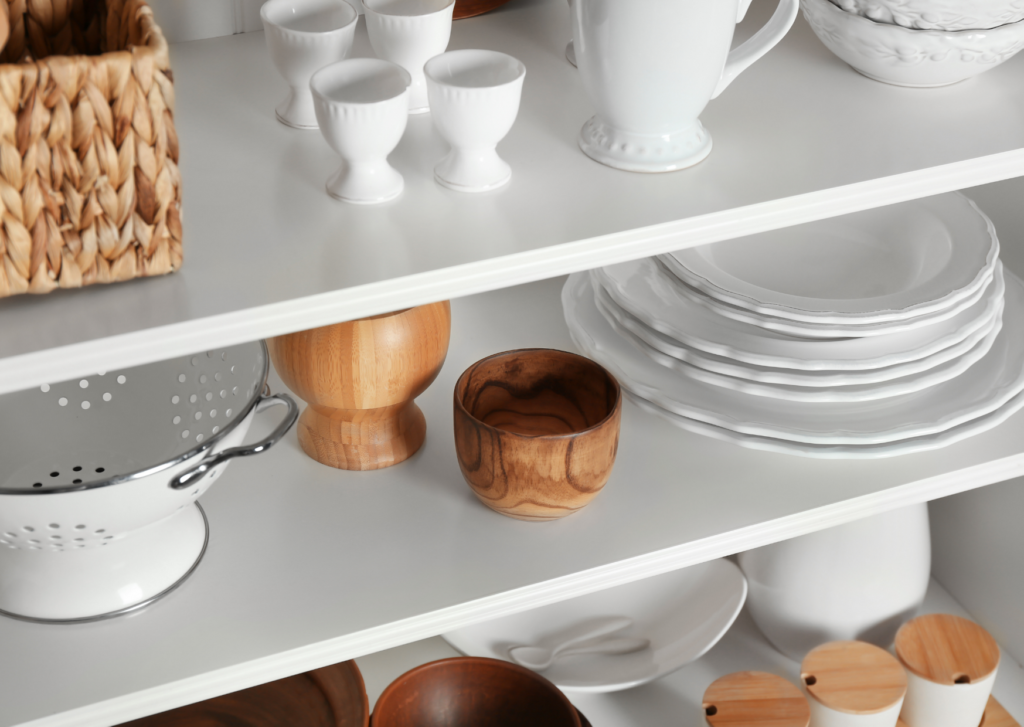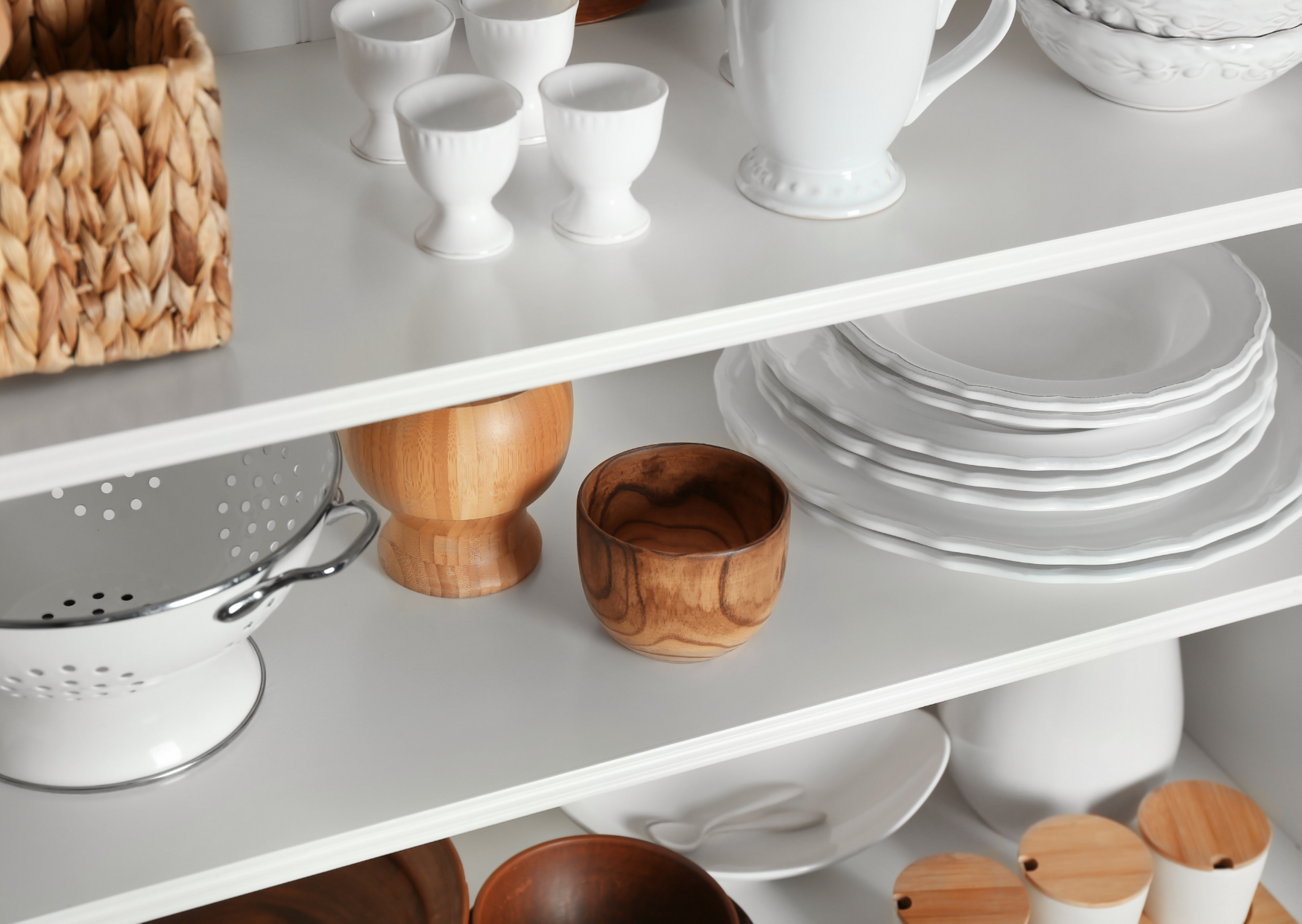
Floating kitchen shelves are a great option for those who want to add storage space in their kitchen, but don't have the budget or time to buy pre-made shelving. Here is an article that will show you how to make your own DIY floating kitchen shelves so you can save money and customize them however you like!
Table of Contents
Floating shelves are strong because they attach to the wall, not the cabinets. This prevents them from being pulled forward and crashing into the countertop. You can make floating kitchen shelves stronger by attaching boards or plywood on top of your shelf for extra support. The added weight will also help keep it in place if you have any heavy items stored there!
For most people, yes. Make sure that you measure the location of your studs in order to attach your floating kitchen shelves with a sturdy bracket or anchor screws and drywall anchors. If there are no studs available for anchoring, use toggle bolts. Toggle bolts are secured by tightening them from one side and then pulling on the bolt head on the other side until it is snug against the wall be careful not to overtighten.
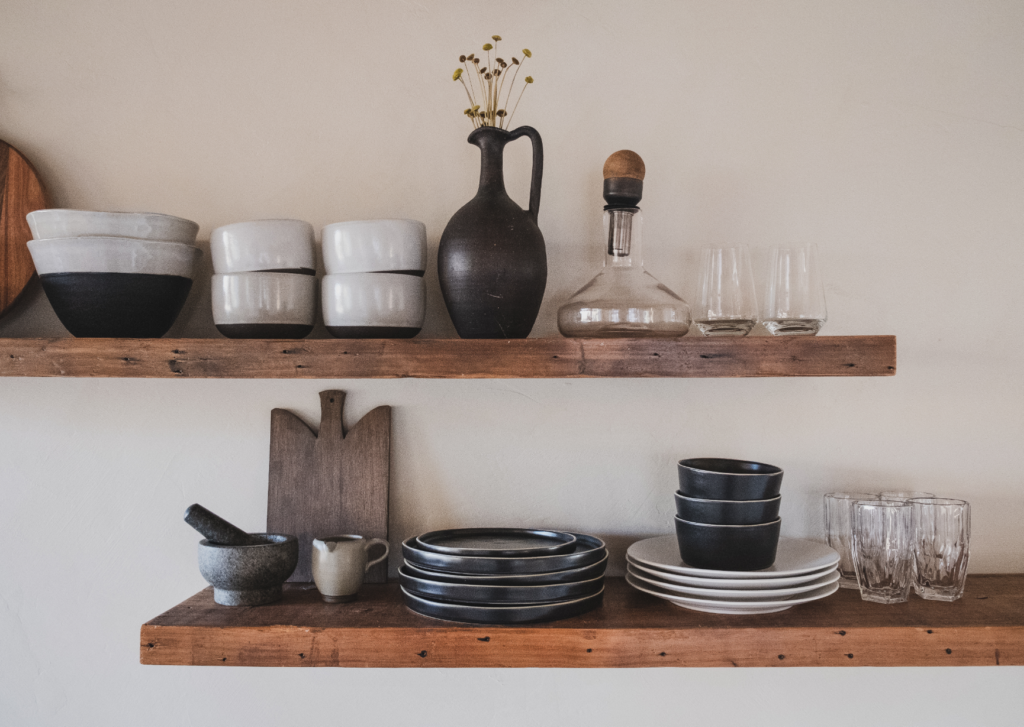
Yes! Floating kitchen shelves are a lot easier to put up than traditional wall-mounted shelves because all you have to do is screw in the brackets and hang them on the studs or toggle bolts.
This is not easy, but it's possible: You can also attach a floating shelf without using any hardware by simply stacking two boards together and attaching them with screws that will go through both pieces of wood into your wall (these will need anchors if there are no studs). This method works best for lighter items since they don't weigh down the construction as much. Be sure to use plenty of drywall anchors so these screws won’t pop out from underneath when putting pressure against this DIY project.
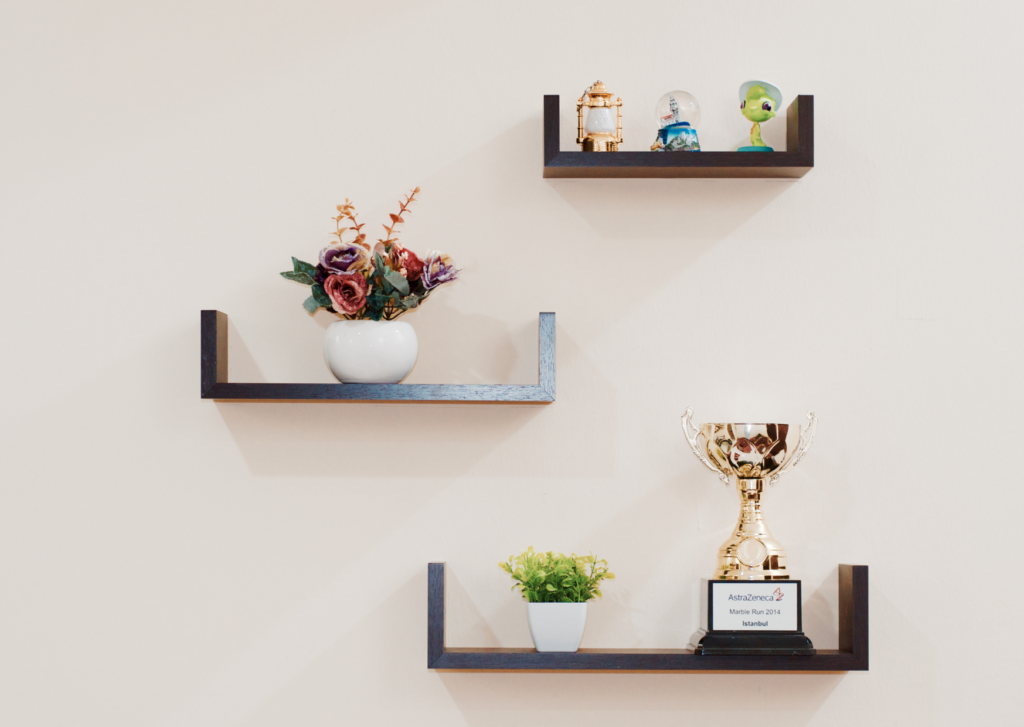
Yes, you can attach a floating shelf without hardware by simply stacking two boards together and attaching them with screws. These screws will go through both pieces of wood into your wall (these will need anchors if there are no studs). This method works best for lighter items since they don't weigh down the construction as much. Be sure to use plenty of drywall anchors so these screws won’t pop out from underneath when putting pressure against this DIY project.
It can be a little tricky to secure shelves on the side of your walls. You will need an anchor that is long enough for both screws to reach from one board into another, as well as close and far apart studs in order to do this properly. If you don’t have any studs or if they are too high up (even with extensions) then use drywall anchors instead of screws so it won't pop out when weight is applied against it.
The best way would be to go through other boards first and screw them onto the backside of the shelf before attaching everything together with more screws going through those two pieces of wood into your wall. This works better than just drilling straight into your wall because there is a lot less chance of your shelving coming off.
Also, include how many total shelves should go above and below this level (e.g., for a five-shelf unit, you would subtract two from the total number of shelves and then divide by three to figure out how many shelves should go above this level).
No, Command Strips are not strong enough to hold the weight of heavy objects such as books. Instead, use screws with anchors or drywall anchors if there is no stud in your wall for support. If you don't want to use either of these methods, make sure there are at least two holes drilled into each board so that it will not pop out from its attachment point.
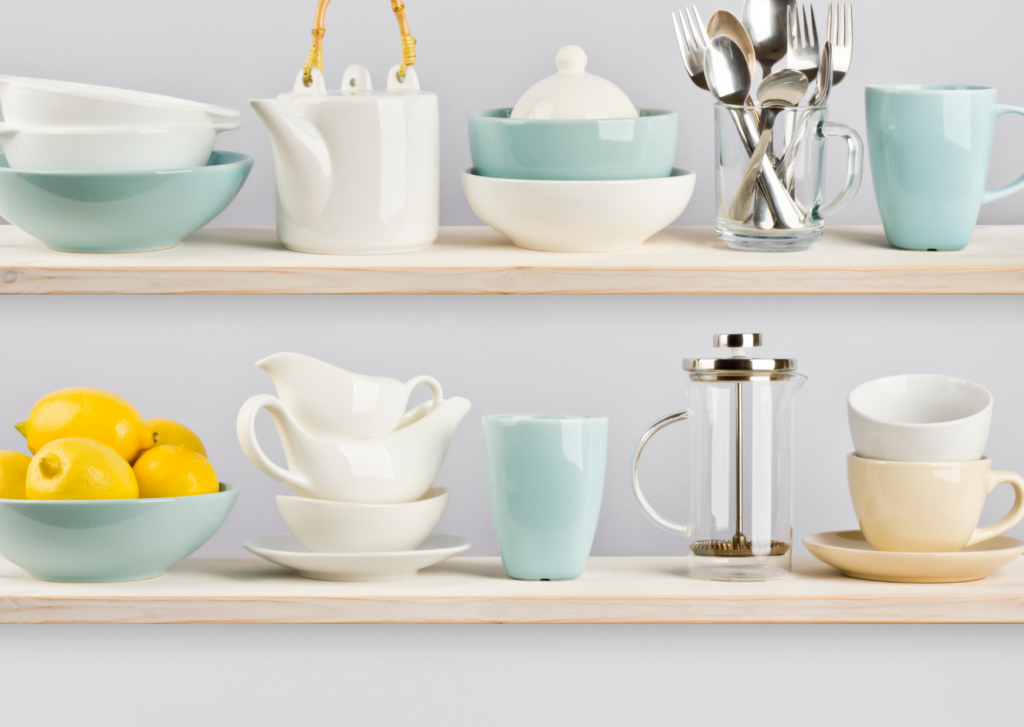
First, decide how many shelves you want to have and measure out space from floor to ceiling. Next, mark a line on the wall where your first shelf will be positioned. Place each board vertically against this line until it is secured into place with screws or nails. If you have specific questions about this post, please contact us.
